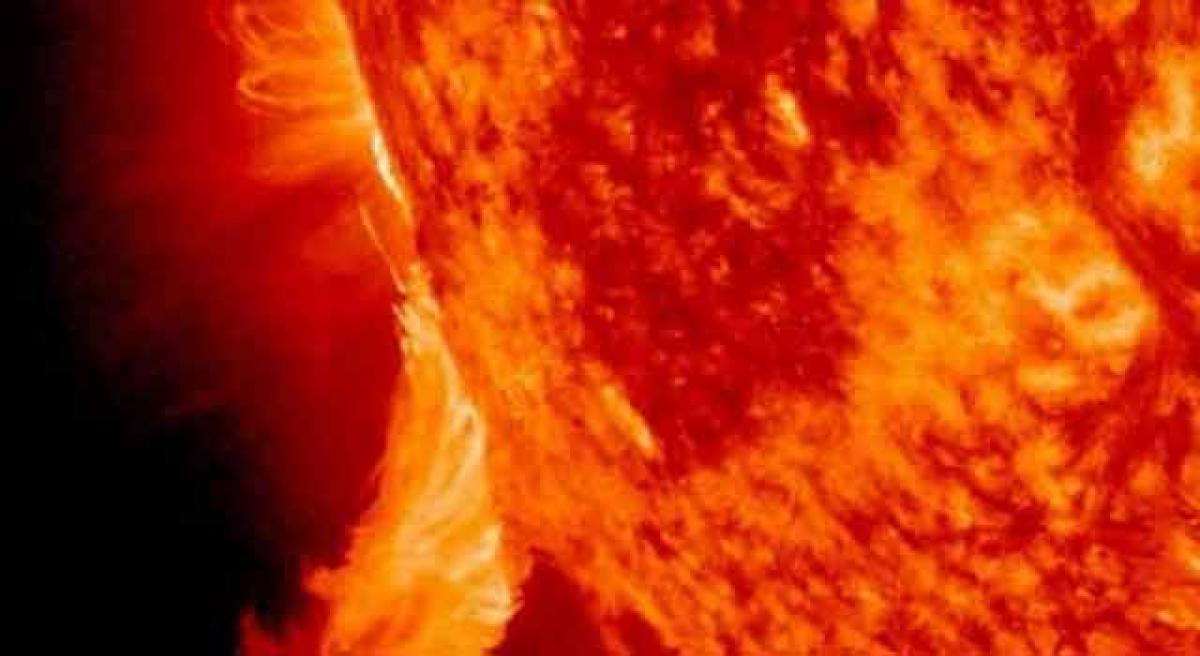Live
- Trump picks new secretaries for health and veterans affairs
- RPF launches ‘Operation Narcos’ to combat drug smuggling
- Modi will amend Waqf Act despite opposition: Shah
- Caste census empowers marginalised: Rahul
- Civic chief inspects Smart City project works
- PDSU flays govt apathy in solving students’ problems
- Contribution of tribals to freedom struggle ignored
- Modi dividing society: Pawar
- Downing Street says sorry for wine, non-veg food in Diwali menu
- Lokesh hailed for withdrawing cases against employees









